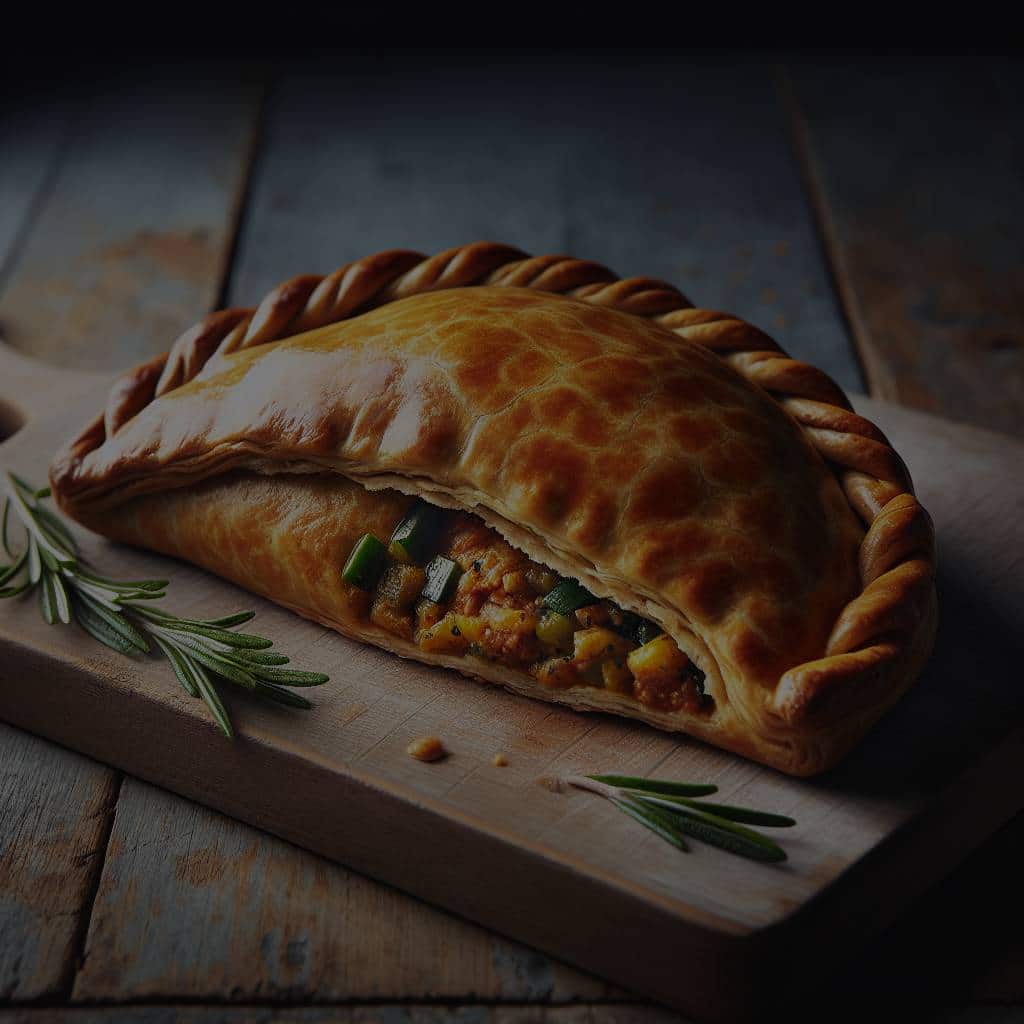What’s the Key to a Delicious Cornish Pasty with a Buttery Pastry Crust?

The savory allure of a Cornish pasty is a treat that tantalizes the taste buds, stirs the senses, and satisfies the belly. But what exactly is the secret to creating this classic British comfort food? In this article, we’ll delve into the art of making a perfect Cornish pasty with a buttery pastry crust, from the flavorful filling to the delectably flaky exterior. With patience, practice, and a few key ingredients, you’ll be able to master this traditional delicacy and impress your friends and family with your culinary prowess.
A Brief History of the Cornish Pasty
Before we delve into the recipe, it’s worth understanding the pasty’s origin and why it holds such a cherished place in British culinary history.
In the same genre : How to Elevate Your Afternoon Tea with Perfectly Baked Victoria Sponge Cake?
The Cornish pasty is a hearty, handheld pastry that originated in Cornwall, southwest England. It was traditionally made as a lunch for miners who could easily carry it, held by the crimped edge, and eat the tasty filling without any need for cutlery. The pastry casing was robust enough to protect the filling from dirt and grime, hence providing a wholesome and nourishing meal.
Made with a crust of shortcrust pastry, the pasty is typically filled with beef, onion, potato, and swede, also known as rutabaga. The ingredients are not pre-cooked, but instead slowly bake in their own juices inside the pastry shell, resulting in a deliciously flavorful meal.
This might interest you : What’s the Secret to a Perfectly Balanced Potted Shrimp with Clarified Butter?
Gathering Your Ingredients for the Pasty
Creating a Cornish pasty starts with gathering the right ingredients. A genuine Cornish pasty will have a filling of beef, potato, onion, and swede. But remember, the quality of your ingredients will significantly impact the final result.
For the dough, you will need plain flour, butter, salt, and water. The butter is crucial for achieving that rich, flaky crust that is the hallmark of a great pasty. You will also require egg for the egg wash which gives the pasty its golden sheen.
The filling traditionally includes beef, preferably skirt or chuck steak, as it’s lean yet flavorsome. You also need potato, onion, and swede, cut into small, even pieces to ensure they cook at the same time.
Perfecting the Pasty Pastry
The secret to a delicious pasty lies in its pastry. Perfecting this pastry takes time and patience, but the result is well worth the effort.
To make the pastry, place the flour and salt in a large bowl. Add in cold, diced butter and rub it into the flour until the mixture resembles coarse breadcrumbs. Gradually add cold water, a tablespoon at a time, mixing until the dough comes together. Form it into a ball, wrap it in cling film and chill in the refrigerator for at least 30 minutes.
After chilling, roll out the dough on a lightly floured surface. It should be about 1/4 inch thick. Then, cut out rounds using a large plate or a round cutter. The size of your pasty is up to you, but traditionally they are quite large, capable of sustaining a hard-working miner throughout his day.
Constructing and Baking the Cornish Pasty
Constructing and baking the Cornish pasty properly is just as crucial as the dough and filling preparation.
To assemble your pasties, begin by dividing the filling mixture evenly between the rolled-out pieces of dough. Place the filling on one half of each circle, leaving a border around the edge. Moisten the edge with water, then fold the dough over the filling to form a semi-circle. Crimp the edges to seal the pasty tightly.
Before baking, brush each pasty with an egg wash. This will give your pasties a beautiful golden color.
Bake the pasties in a pre-heated oven for about 45-50 minutes, or until the filling is cooked and the pastry is golden and flaky.
Enjoying Your Homemade Cornish Pasty
After you’ve gone through the process of crafting your pasty, the final step is arguably the best – enjoying your homemade Cornish pasty! Whether you prefer it hot out of the oven, or room temperature like the traditional Cornish miners, the pasty is a versatile and hearty meal.
Remember, the key to a delicious Cornish pasty with a buttery pastry crust lies in the quality of your ingredients, the attention to detail in preparation, and the time you invest in perfecting the pastry. With these factors in place, you’re well on your way to mastering this classic British treat.
Gluten-Free Cornish Pasty: An Alternative Recipe
For those with dietary restrictions, fear not. A delightful Cornish Pasty can be tailored to meet gluten-free requirements without compromising on taste or texture. The secret lies in the use of gluten-free flour and a touch more cold water in the pastry dough.
Start by replacing the plain flour with a gluten-free flour blend. It is essential to remember that gluten-free flour tends to be a bit drier, so you might need to add a bit more cold water while mixing the dough to achieve the right consistency.
Just like the traditional Cornish pasty recipe, rub your cold, diced butter into the gluten-free flour until the mixture resembles coarse breadcrumbs. Then, slowly add the cold water, ensuring you mix well after each addition. Once the dough has come together, wrap it in cling film and chill it in the refrigerator for at least 30 minutes.
While your gluten-free dough is chilling, prepare your filling of beef, potato, onion, and swede. And remember, even though your pasty is gluten-free, it doesn’t mean it has to be flavor-free. Season your filling with salt and pepper to taste.
Roll out your gluten-free dough using a rolling pin and cut out rounds. Assemble your pasties with the filling, crimp the edges, and brush each pasty with a beaten egg for that gorgeous golden brown crust.
Bake your gluten-free Cornish pasties for 45-50 minutes until they are golden brown, and the filling is cooked.
Conclusion: Mastering the Art of the Cornish Pasty
Indeed, the journey to a perfect Cornish pasty might be labor-intensive, but the results are worth every minute spent. The key to a delicious Cornish pasty with a buttery pastry crust lies in using high-quality ingredients, adhering to precise measurements, and following the steps meticulously.
Whether you’re making the traditional version or the gluten-free variant, the satisfaction derived from biting into a homemade Cornish pasty is unparalleled. The buttery, flaky crust combined with the hearty, flavorful filling is a testament to the rich British culinary heritage.
Remember, your pasty’s success hinges mainly on the pastry dough, so take your time when mixing it. Your patience, along with the cold butter, will yield that flaky, golden brown crust that makes a Cornish pasty such a beloved delicacy.
There you have it! Now that you have this guide, you’re ready to try your hand at making your very own Cornish pasty. Whether you’re a seasoned home cook or a beginner, this classic dish is a wonderful way to step into the exciting world of British cuisine. So, gather your ingredients, roll out your dough, and get ready to immerse yourself in the art of Cornish pasty making. Good luck!
